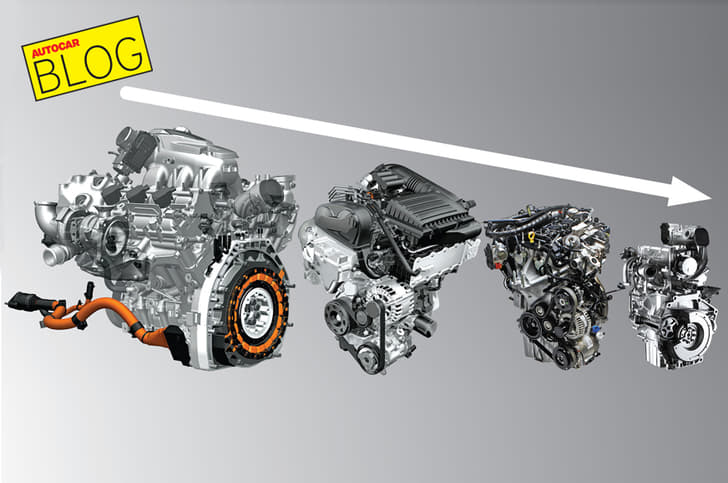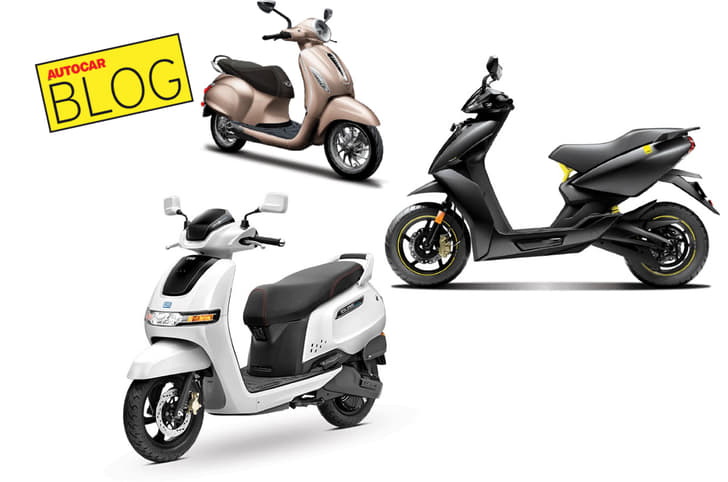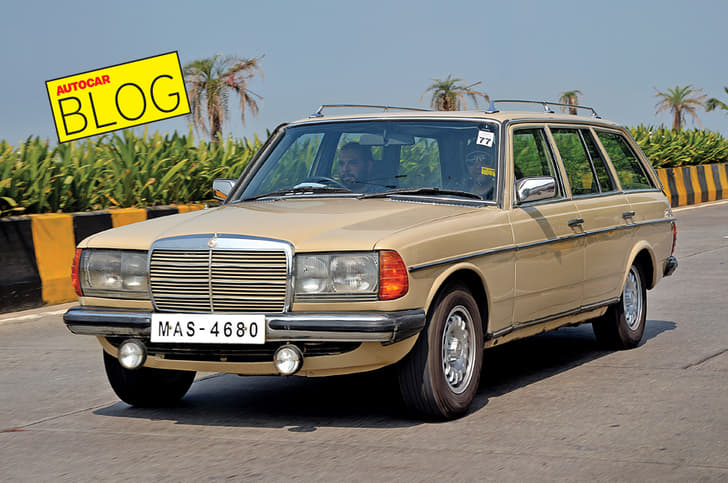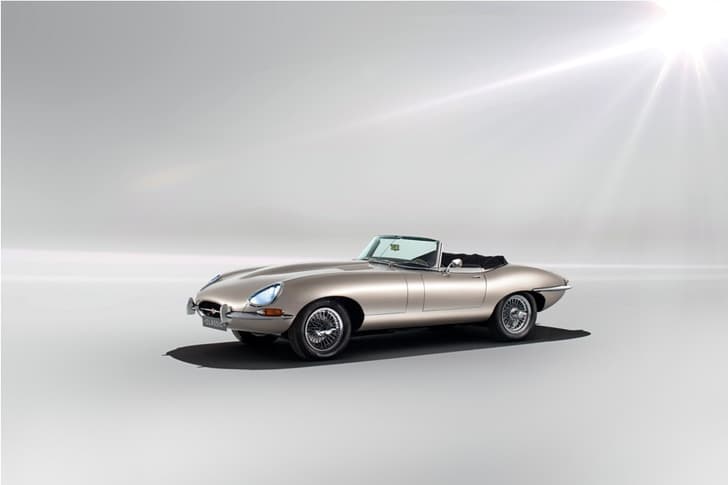Buzzwords, don’t you love ‘em? A new one seems to surface almost every day. And while some make sense, the vast majority only serves to infuriate. The often overused ‘downsizing’ is one such. Meant to describe a reduction in capacity of an engine, or the downward trend in engine size, we’ve been getting ‘downsized’ engines for years.
The theory behind downsizing is simple enough. A smaller capacity engine, even with a turbo, will consume less fuel. Problem is, this isn’t always completely true; what works in the lab often doesn’t work in the real world. And the automotive world is rapidly discovering this. The difference between the two is said to be around 35 percent! And it isn’t just downsized engines, we’ve also have our fair share of engines with downsized power outputs; a double whammy.
Yes, a couple of successfully downsized engines have been introduced here. VW’s super 1.2 TSI comes to mind, and there have been others, but, by and large, downsized engines haven’t been very successful here.
Let’s see; Honda got its fingers burnt with the second-gen City that put out just 77hp as against the 100-odd horses back in 1998. Honda fixed this soon and got in a proper 100hp VTEC under the hood after three years. And then, on the third-gen City, the underpowered i-DSi was dropped altogether. The City hasn’t looked back since. Maruti, normally a company joined at the hip with Indian customers, has fallen into the same pit, several times. Its 48hp, two-cylinder diesel Celerio bombed so badly the car was quickly withdrawn. And pulling out a model is something Maruti almost never does; see the Omni, Gypsy, etc. The Baleno RS got a downsized engine next, and, truth be told, the 102hp, 1.0 litre, three-cylinder Boosterjet engine could have worked. But since the engine hasn’t been localised, Maruti has to charge a premium for it. It begs the question – why hasn’t Maruti invested in manufacturing the Boosterjet locally? Well, for one, it would be more expensive compared to the 1.2K Series, and then, fuel economy on these turbocharged petrol engines tends to go south as soon as boost from turbo comes in. And that sort of negates the very fuel-efficient driving style of Indian drivers. This is also the reason Ford hasn’t used the EcoBoost engine in more cars here. What it has done, in fact, is introduce the all-new 123hp, 1.5 Dragon engine for India; an upsize. Or, as some like to call it, a ‘right-size’.
Maruti has done some ‘rightsizing’ of its own. The Ciaz facelift came with a larger and more powerful 105hp, 1.5-litre engine that finally allows it to compete better with cars like the Honda City. The same engine has replaced the 1.4 in the Ertiga as well. Yes, we will continue to get a trickle of smaller-capacity engine, like VW’s recently introduced 1.0 petrol, but apart from these missteps, it’s fair to say downsizing is dead.
























